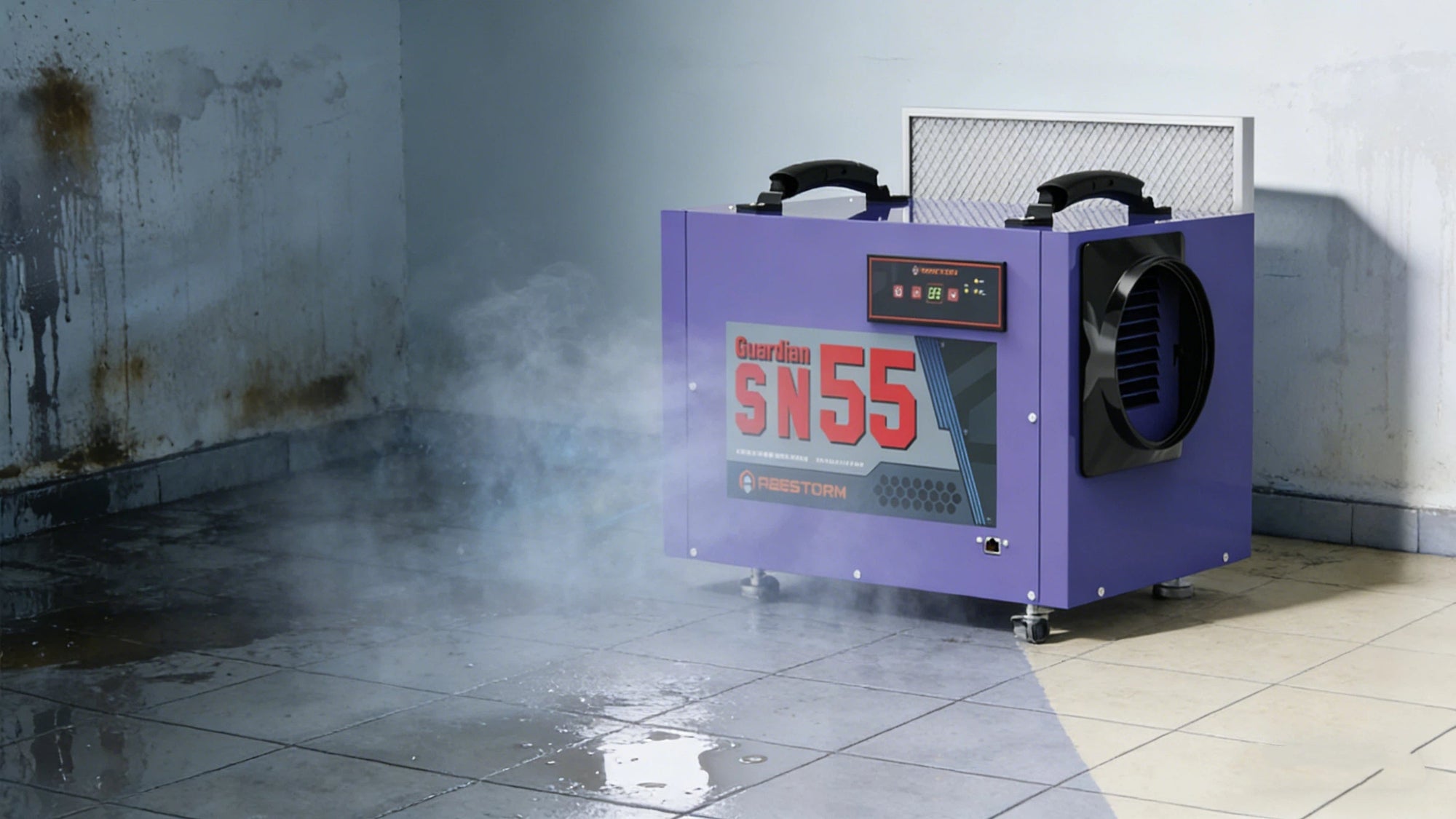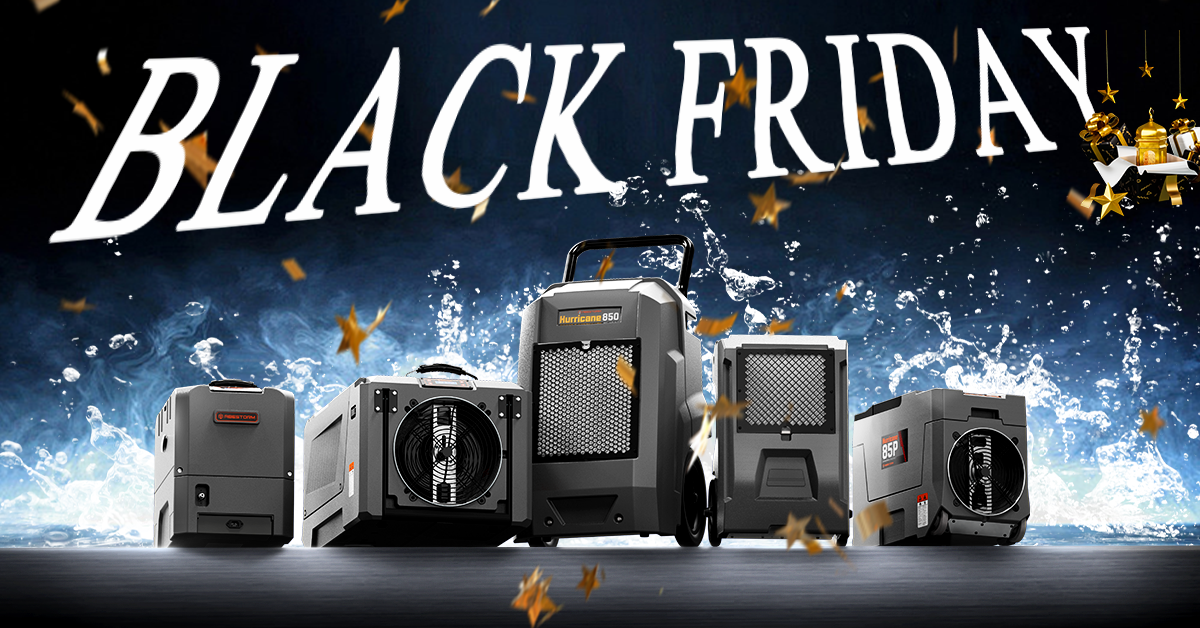Will airborne mold spores spoil the air quality of your home? Mold spores can be detrimental to people with asthma, allergies, or even thin immunity. Given the ease with which surface mould may be spotted and removed, it differs from airborne mould spores, where special equipment and techniques must be used for effective removal. Here are some ways that have been proven to remove mold spores from the air for an improvement in indoor air quality.
Why Mold Spores Are a Problem
Mold spores are tiny pieces of mold. Part of this goes airborne, and the spores can travel into every inch of your house. When inhaled, the spores can lead to respiratory issues. High moisture levels encourage mould growth on surfaces; spores will multiply in the air when the colonies form. Reducing the amount of airborne mould doesn't just consist of removing the observable amount; it also means eliminating the hidden amounts of spores.
Mould spores are filtered from the air using air purification solutions such as the Abestorm Air Purifier. This reduces the concentration of mold particles in the air to the minimum needed and improves indoor air quality, leading to a healthier environment.
Methods for Killing Mold Spores in the Air
Use of Air Purifiers with HEPA Filters
The air purifier is among the most effective devices for removing airborne mould spores. HEPA (High-Efficiency Particulate Air) filters trap particles from 0.3 microns and smaller, including mould spores. A HEPA air purifier cycling the air through the filter continuously will catch mould spores, which means they do not have a chance to re-circulate back into the room. Although this does not "kill" spores, it removes them from the air and can significantly limit mould exposure.
Consider a high-powered unit like the Abestorm Air Purifier, specifically designed to trap allergens and mould spores for efficient performance. Such units are appropriate for most homes with sensitive residents for safer breathing.

Ultraviolet (UV) Light Technology
One of the most common methods of deactivating mold spores in the air is through UV-C light. Ultraviolet rays released by this kind of light affect the DNA of mould spores, bacteria, and even viruses, halting them dead. Technology has penetrated air by being found on HVAC systems or high-end air purifiers that expose certain spores passing through the unit to kineutraliselising UV rays.
UV-C purifiers help in spaces that experience repeated mould infestation, providing another layer of protection above and beyond simple air filtration. Installing UV light can even mean the air will become fresher and free from mould, especially with a HEPA filter.
Running a Dehumidifier to Reduce Humidity
High humidity favours mould spores, so a significant moisture content reduction is required to control airborne mould. Maintaining a relative humidity of 30 to 50 per cent makes it difficult for mould spores to gain a foothold and propagate. A dehumidifier strips extra moisture off the air, making the environment hostile for survival.
Devices like the Abestorm Basement Dehumidifier are created especially for large, damp rooms. The dehumidifier controls humidity levels, lessening the chances of mold spores floating in the air. A dehumidifier does not kill mould spores but offers circumstances that discourage growth.
Ventilation and Air Circulation
Good ventilation prevents mould growth by encouraging moving air in the house and eliminating stagnant, moist conditions. Proper airflow dries up moisture accumulation, limiting the environment that mould spores need to survive. To encourage air circulation, one may open windows, employ exhaust fans from the kitchens and bathrooms, or install an HVAC system with proper ventilation.
If your home has an HVAC, you can use the time to fit filters and UV-C options if you want maximum spore elimination as your air passes through your house. However, if not, portable air purifiers and regular ventilation serve well.
Cleaning Mold from Surfaces
Removing mould spores from the air often involves removing all visible mould on surfaces. The spores let loose into the air commonly originate in colonies on walls, ceilings, or floors. Cleaning those surfaces with solutions that contain products that kill mould lessens the airborne number. Always wear appropriate protective equipment, including gloves and masks, when you clean the mold to avoid exposure.
After stripping the mold from the surfaces, air purification and dehumidification would follow to prevent any spores from spreading again. Drying the surfaces and cleaning also reduces mold-borne airborne spores.
Choosing the Right Equipment to Kill Mold Spores in the Air
Quality equipment for killing or capturing mold spores in the air should be selected. For those homes that often maintain high humidity levels, an effective dehumidifier, such as the Abestorm Crawl Space Dehumidifier, would be an excellent investment for your home. An air purifier that has a HEPA filter or UV-C light will kill airborne spores in homes with areas where mould thrives.
Look through more choices on our homepage; you can access various products customised to control mould and air quality.
Additional Tips for Controlling Mold Spores Indoors
Regular Maintenance of HVAC Systems
If your home has an HVAC system, having it serviced regularly ensures it will function at its peak to prevent the invasion of mold spores. Changing filters as directed and ensuring the ducts are free of dirt will eliminate the spores' recirculation through the living space. Some HVACs can even be installed with UV-C, which fights airborne mould and other nasty particles.
Monitor Humidity Levels
Remember that a hygrometer can measure humidity inside your home, allowing you to monitor moisture levels. Checking on this aspect regularly would ensure staying within the ideal range of 30-50% to control mold growth. A dehumidifier can bring humidity levels to safe levels immediately, eliminating the conditions favouring mold spores.
Avoid Over-Watering Indoor Plants
Houseplants increase humidity in a dwelling, especially when they become overwatered. Mold generally thrives in damp soil and expels spores into the air. To avoid this problem, avoid overwatering a plant more than it requires and don't let water collect in plant trays. You might even move houseplants into better-ventilated rooms to minimize mold buildup.

Common Questions About Airborne Mold Control
Q: How Long Do Mold Spores Stay in the Air?
Spores are lightweight and can remain suspended in the air for several hours if air movement is not present. If the conditions are stagnant, spores settle on surfaces and begin to grow if moisture is present. A HEPA-filtered air purifier captures spores better, so they cannot pay and multiply.
Q: Can Essential Oils Kill Mold Spores?
Some essential oils, such as tea tree oil, are antifungal and can kill spores on surfaces. However, essential oils do not kill spores in the air and cannot replace a dehumidifier or an air purifier. Using essential oils merely as a supplementary method, such as on a surface cleaning, may have a mild effect, but it will not reduce the number of airborne spores.
Q: Are Mold Spores in the Air Dangerous?
Mold spores are harmful to allergic, asthmatic, or immunocompromised individuals. Respiratory irritation, such as skin irritation, can be due to protracted exposure to airborne spores. However, removing airborne spores through air purifiers, desiccation, and surface cleaning dramatically reduces the health threat.
Conclusion
Air spores must be checked with air purification, humidity control, and ventilation. The HEPA filter on air purifiers captures spores, while UV-C technology kills them. The Abestorm Basement Dehumidifier keeps the air at low humidity levels for no mould growth. Use these tools in combination, supported by regular ventilation and surface cleaning. Find more mold-control solutions on our Abestorm for a mold-free home that contributes to clean and healthy air quality.









Shop For Dehumidifier
Abestorm 170 PPD 2,100 Sq.Ft Commercial Dehumidifier with Pump and Drain Hose | Hurricane 800
Abestorm 180 PPD 2,300 Sq.Ft Commercial Dehumidifier with Pump and Drain Hose | Hurricane LGR85
Abestorm 264 PPD 3,000 Sq.Ft Commercial Dehumidifier with Pump and Drain Hose | Hurricane 125P
Abestorm 180 PPD 2,300 Sq.Ft Commercial Dehumidifier with Pump and Drain Hose | Hurricane 850